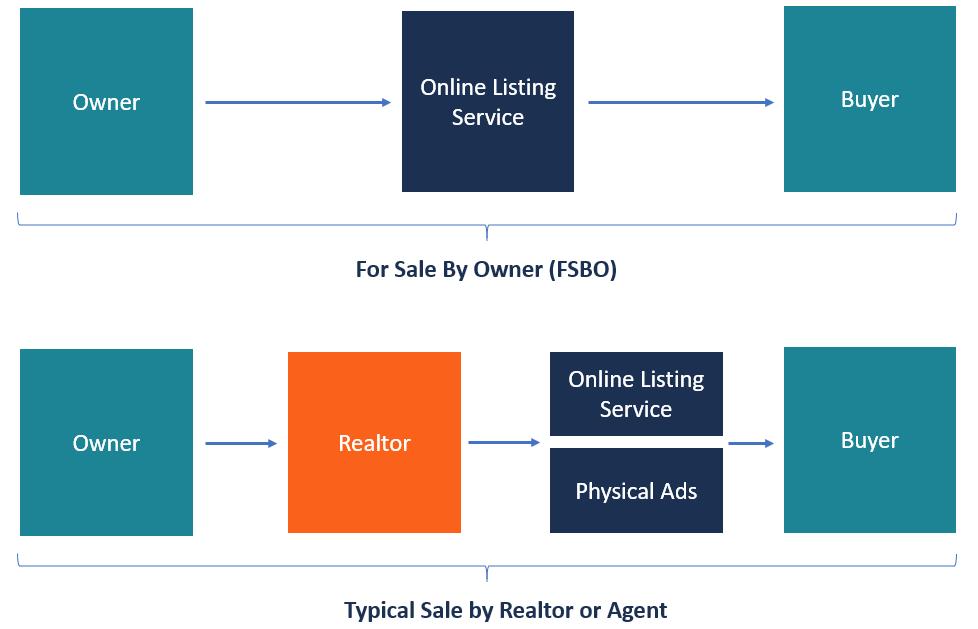📚 Unlock the World of AI and Humanity with These Two Free Books! 🚀
Dive into the thrilling realms of artificial intelligence and humanity with "The ECHO Conundrum" and "Awakening: Machines Dream of Being Human". These thought-provoking novels are FREE this week! Don't miss the chance to explore stories that challenge the boundaries of technology and what it means to be human.
Read More & Download
PESTEL analysis is a strategic framework used to evaluate the external macro-environmental factors that can impact a business or project. It provides a comprehensive overview of the political, economic, social, technological, environmental, and legal landscapes, enabling organizations to identify opportunities and threats and make informed decisions. Understanding these external forces is crucial for developing effective strategies and ensuring long-term success.
Political Factors
Political factors encompass government policies, regulations, and political stability. These factors can significantly influence business operations and profitability. Examples include:
- Trade policies: Tariffs, trade agreements, and import/export regulations can affect international businesses and supply chains.
- Tax policies: Corporate tax rates, tax incentives, and tax reforms can impact a company’s bottom line.
- Political stability: Political unrest, regime changes, and geopolitical risks can create uncertainty and disrupt business operations.
- Government regulations: Industry-specific regulations, labor laws, and environmental regulations can impose costs and restrictions on businesses.

Economic Factors
Economic factors relate to the overall economic climate and its impact on businesses. Key economic indicators to consider include:
- Economic growth: GDP growth rates, inflation, and interest rates influence consumer spending and investment decisions.
- Unemployment rates: High unemployment can impact consumer demand and the availability of skilled labor.
- Exchange rates: Fluctuations in currency values can affect the profitability of international trade.
- Consumer confidence: Consumer sentiment and spending patterns influence market demand and sales.
Social Factors
Social factors encompass cultural trends, demographics, and societal values. These factors shape consumer preferences and market demand. Examples include:
- Demographics: Age, gender, income distribution, and population growth affect target markets and product development.
- Cultural trends: Changing lifestyles, values, and consumer preferences influence product design and marketing strategies.
- Social responsibility: Growing awareness of ethical and social issues impacts corporate social responsibility initiatives.
- Health consciousness: Increasing focus on health and wellness drives demand for healthy products and services.
 Social and other factors impacting business
Social and other factors impacting business
📚 Unlock the World of AI and Humanity with These Two Free Books! 🚀
Dive into the thrilling realms of artificial intelligence and humanity with "The ECHO Conundrum" and "Awakening: Machines Dream of Being Human". These thought-provoking novels are FREE this week! Don't miss the chance to explore stories that challenge the boundaries of technology and what it means to be human.
Read More & Download
Technological Factors
Technological advancements and innovation play a crucial role in shaping industries and business operations. Key technological factors include:
- Automation: Automation and robotics impact production processes, efficiency, and labor demand.
- Digital transformation: The adoption of digital technologies transforms business models, customer interactions, and marketing strategies.
- Research and development: Investment in R&D drives innovation and creates new products and services.
- Technological infrastructure: The availability of reliable internet access and digital infrastructure supports business operations.
Environmental Factors
Environmental factors pertain to the impact of businesses on the natural environment and the growing emphasis on sustainability. These factors include:
- Climate change: Businesses are increasingly pressured to reduce their carbon footprint and adopt sustainable practices.
- Environmental regulations: Environmental laws and regulations impose compliance costs and influence operational practices.
- Resource scarcity: The availability of natural resources affects production costs and supply chain management.
- Renewable energy: The transition to renewable energy sources creates opportunities for businesses in the clean energy sector.
Legal Factors
Legal factors encompass the laws and regulations that govern business operations. These factors can vary significantly across different countries and regions. Examples include:
- Consumer protection laws: Regulations protecting consumer rights impact product safety, advertising, and customer service.
- Competition law: Antitrust laws and regulations prevent monopolies and promote fair competition.
- Employment law: Labor laws govern minimum wage, working conditions, and employee rights.
- Intellectual property law: Protecting intellectual property through patents, trademarks, and copyrights is crucial for innovation.
Conclusion
Conducting a PESTEL analysis is a vital step for any organization seeking to understand its external environment and develop effective strategies. By systematically evaluating the political, economic, social, technological, environmental, and legal landscapes, businesses can identify potential opportunities and threats, adapt to changing market conditions, and achieve sustainable growth. Integrating PESTEL analysis into strategic planning processes enables businesses to make informed decisions, mitigate risks, and capitalize on emerging trends. By understanding the macro-environmental factors that shape their industry, businesses can position themselves for success in the long term.
📚 Unlock the World of AI and Humanity with These Two Free Books! 🚀
Dive into the thrilling realms of artificial intelligence and humanity with "The ECHO Conundrum" and "Awakening: Machines Dream of Being Human". These thought-provoking novels are FREE this week! Don't miss the chance to explore stories that challenge the boundaries of technology and what it means to be human.
Read More & Download
